The problem with creating an incredibly popular product is that your success will eventually attract competitors. And sometimes those competitors will pounce precisely when you’re at your weakest.
Such is the case with Sriracha hot sauce maker Huy Fong Foods, which is locked in a battle with local officials in Irwindale, California over noxious chili odors allegedly emanating from its new factory there. There’s a lawsuit in the courts and even the possibility the factory could be declared a public nuisance, which could force it to shut down or relocate. It’s been a dark few months for a company that started as a humble small business in 1980 before growing into a food manufacturing powerhouse which, according to owner David Tran, generated $80 million in revenue in 2013.
Amidst the turmoil in Irwindale and the specter of Sriracha sauce disappearing from supermarket shelves, the company behind the ubiquitous Tabasco sauce has unveiled its own Sriracha Thai chili sauce that’s now for sale on the company’s website. Businessweek hinted this might happen in a story last year; New York magazine confirms the news today.
The move by the Louisiana-based McIlhenny Co. should come as no surprise given the explosive popularity of Huy Fong Foods’ Sriracha, which has spawned a cottage industry of “Rooster Sauce”-related offshoots ranging from a cookbook to a food festival to iPhone cases. While Tran legally protected the Rooster Sauce look — with its clear bottle, white print and distinctive green top — he couldn’t trademark the Sriracha name because it’s derived from a city in Thailand, according to the L.A. Times, making it possible for competitors like McIlhenny to pounce.
What’s doubly troubling for Tran is that he opened his new Irwindale factory precisely because demand for his Sriracha sauce had increased so dramatically. But that decision has only invited more business complications and an opening for others to capture market share.
“They know there’s going to be a sustainable demand and they’re gearing up for it, so they become the known brand,” says Darren Tristano, a food industry consultant with the firm Technomic.
This is not the first time a competitor has treated to compete with Huy Fong Foods. Trader Joe’s also sells a Sriracha sauce, and several other food brands have introduced Sriracha-flavored products, including Subway.
But the threat from McIlhenny seems most potent: Tabasco, which is found on restaurant tables across the country, is the number-one selling hot sauce on the American market.
What may determine the final winner in the court of consumer opinion is price. A 17-ounce bottle of Sriracha costs around $3-$4 in most supermarket, about half the cost of McIlhenny’s product. But the competition is just beginning, and there’s no guarantee Huy Fong Foods will win out in the end.
“They have a following and know it’s based on the logo and the shape of the bottle,” says Tristano. “They have strength and the opportunity to grow, but it doesn’t mean a competitor won’t come in and try to do a lower price point.”
Photos: An Inside Look at a Sriracha Factory
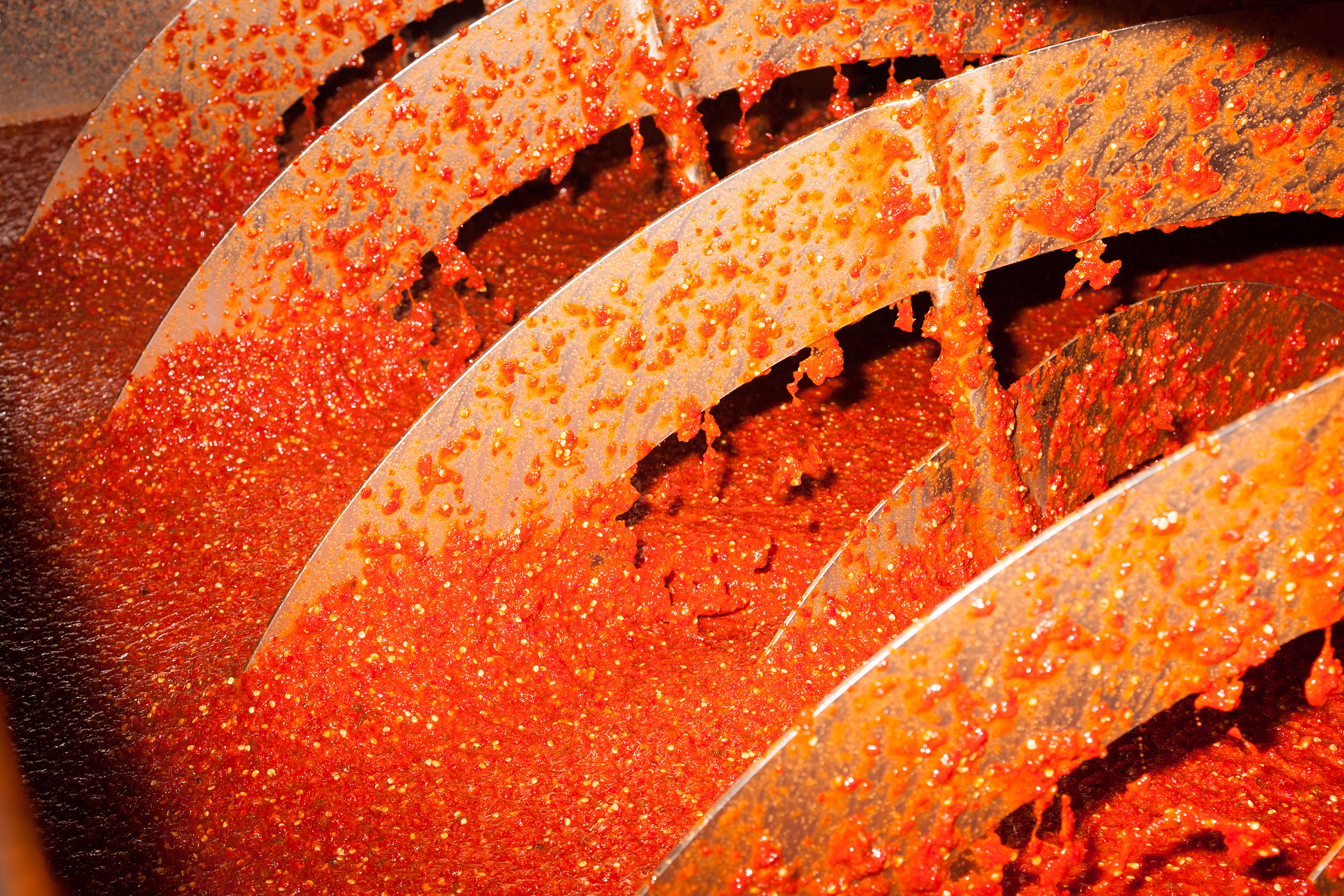
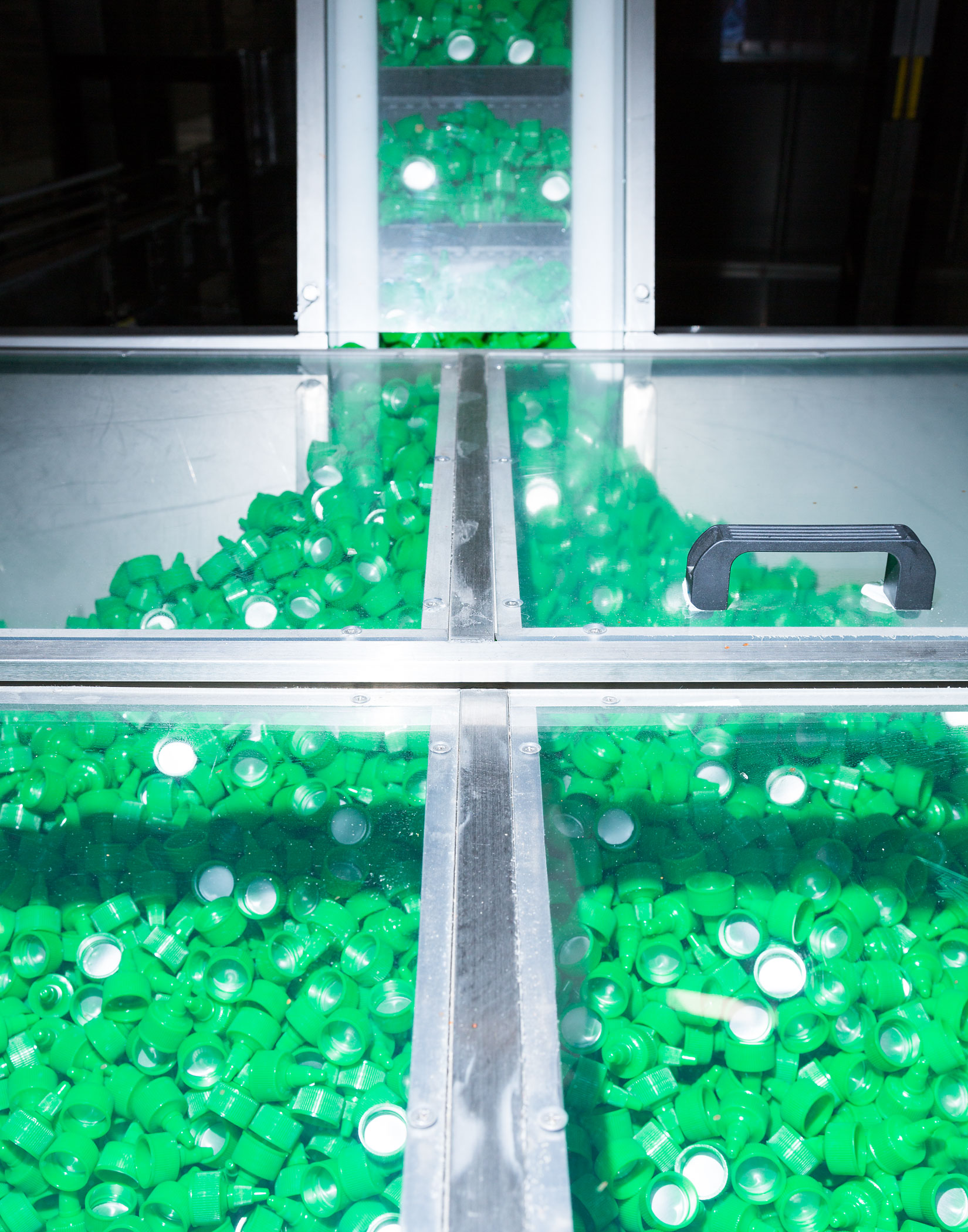

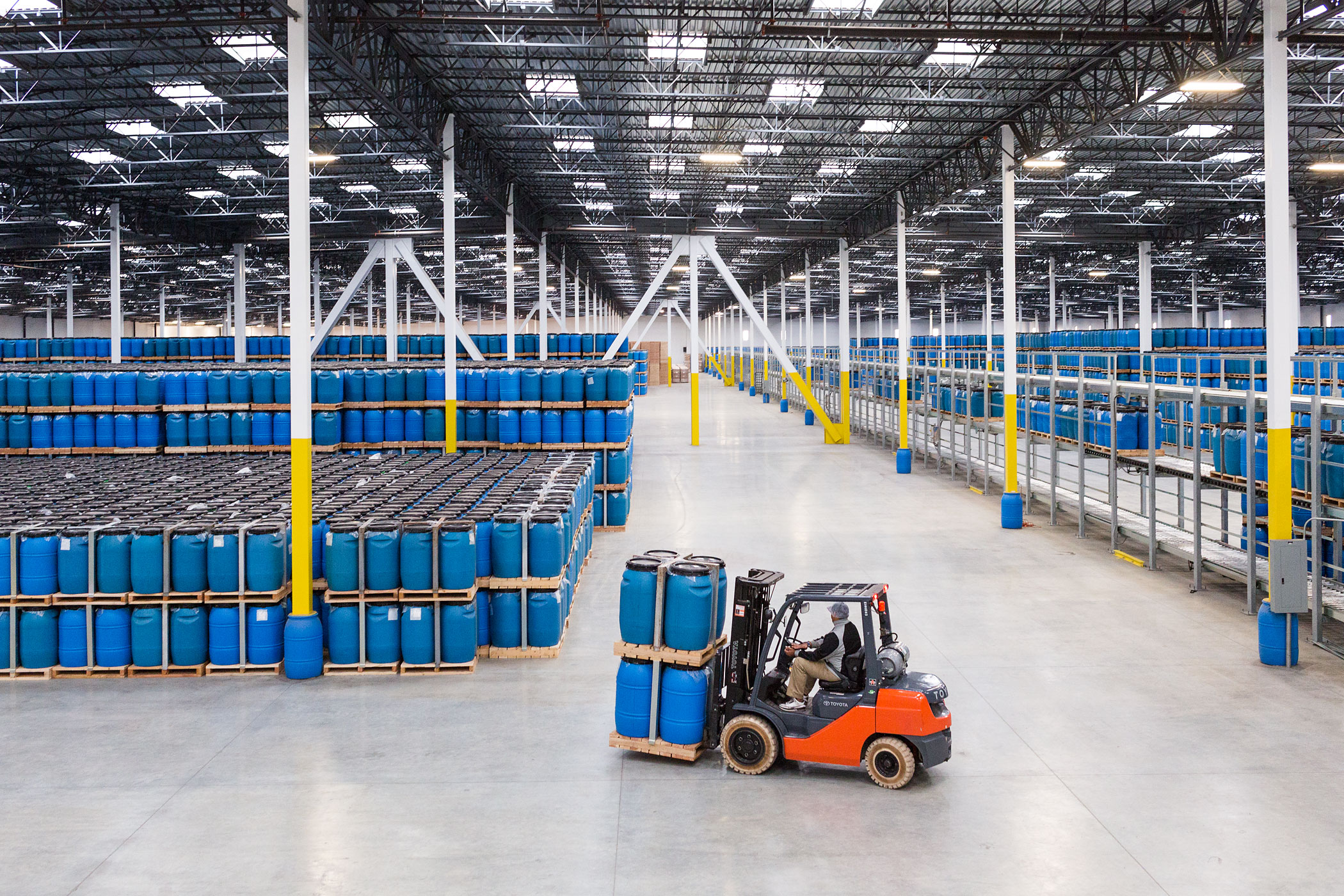
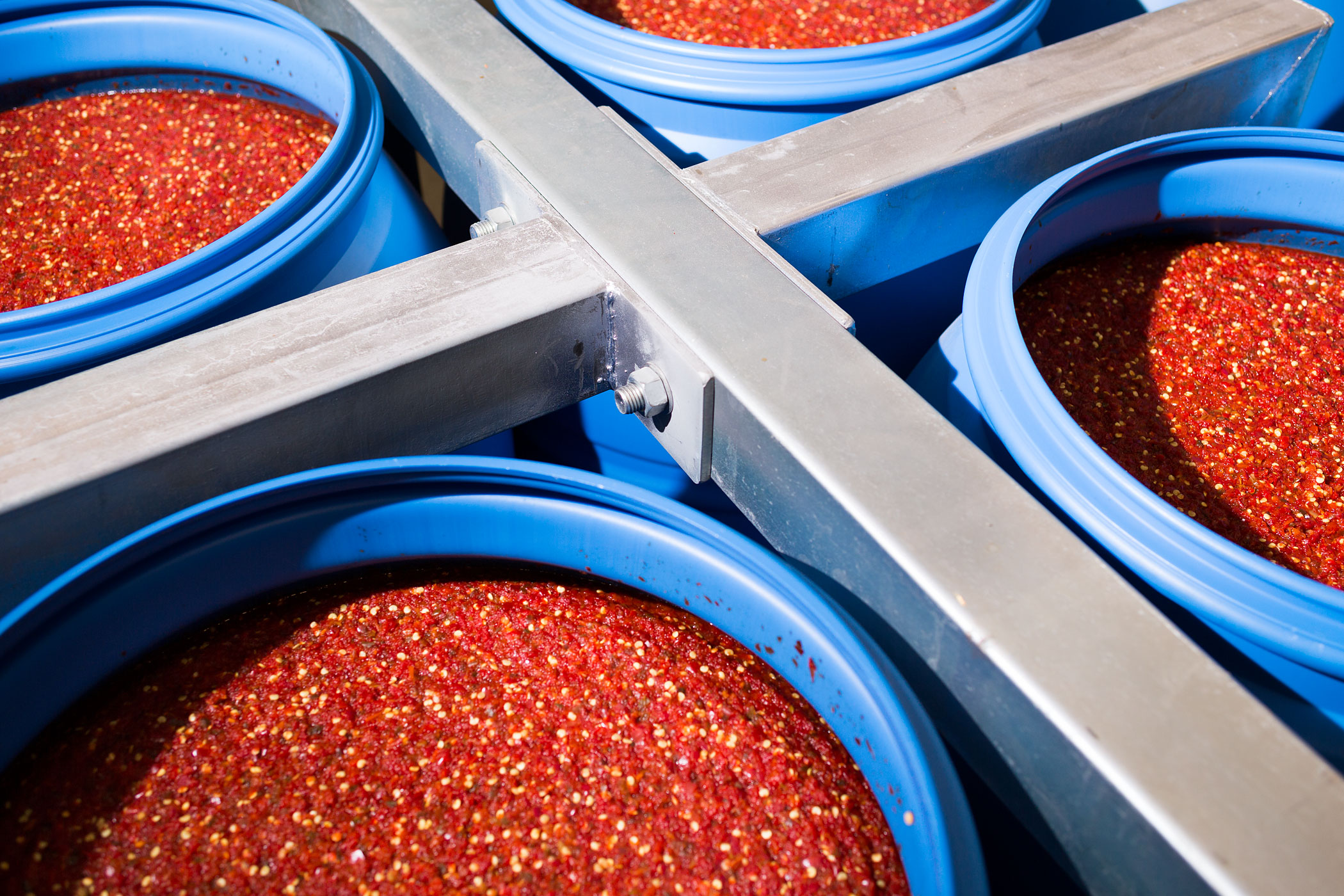

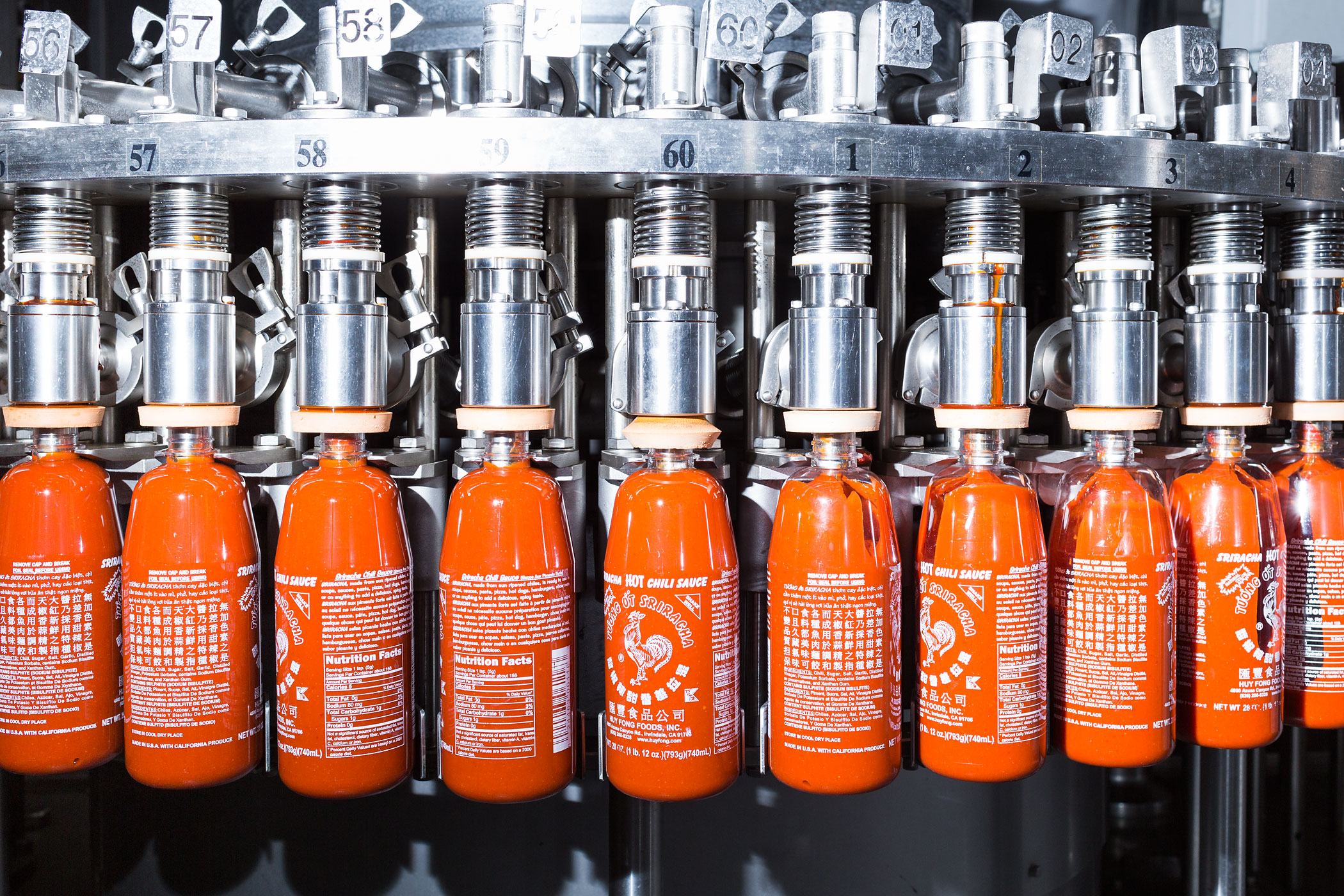
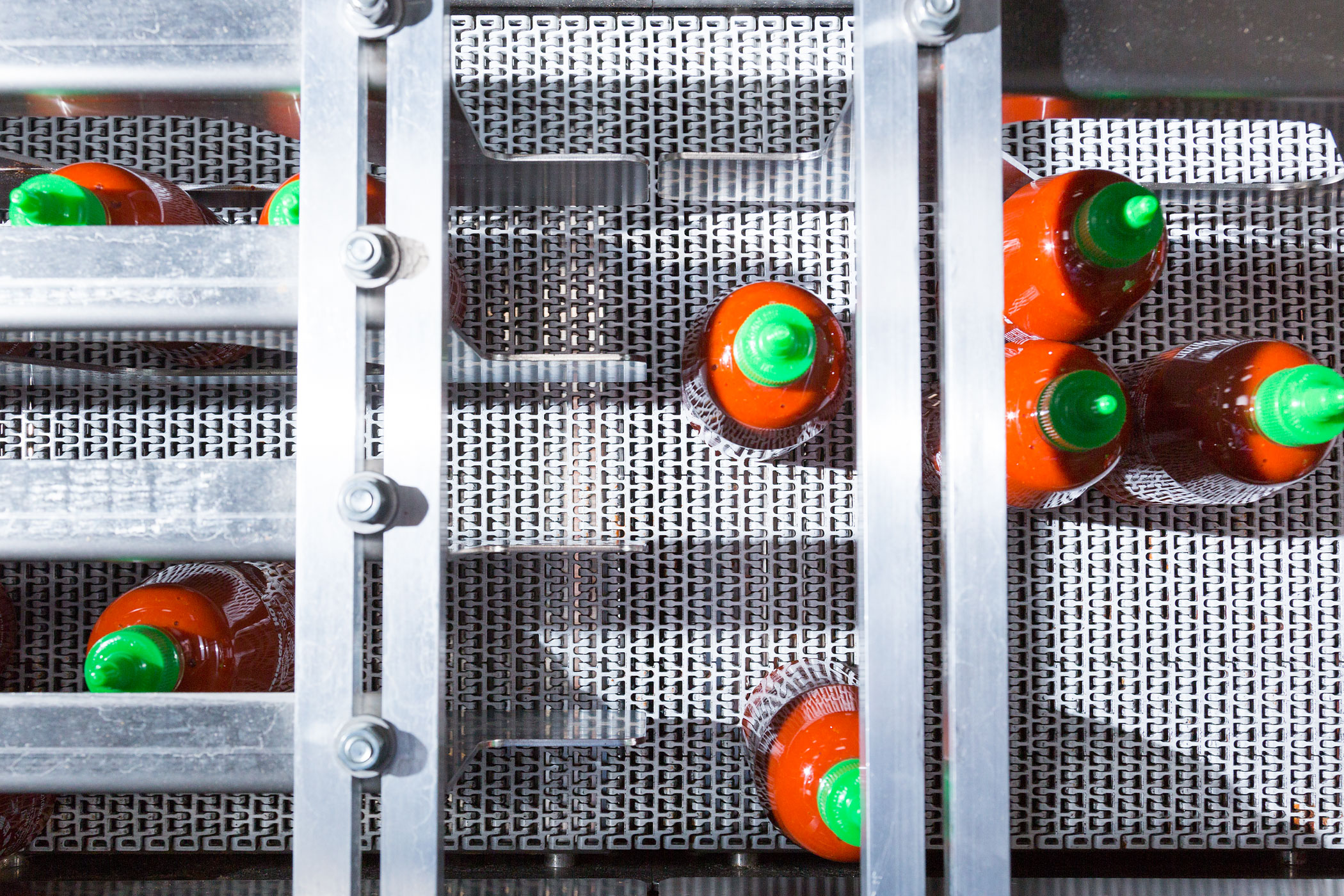
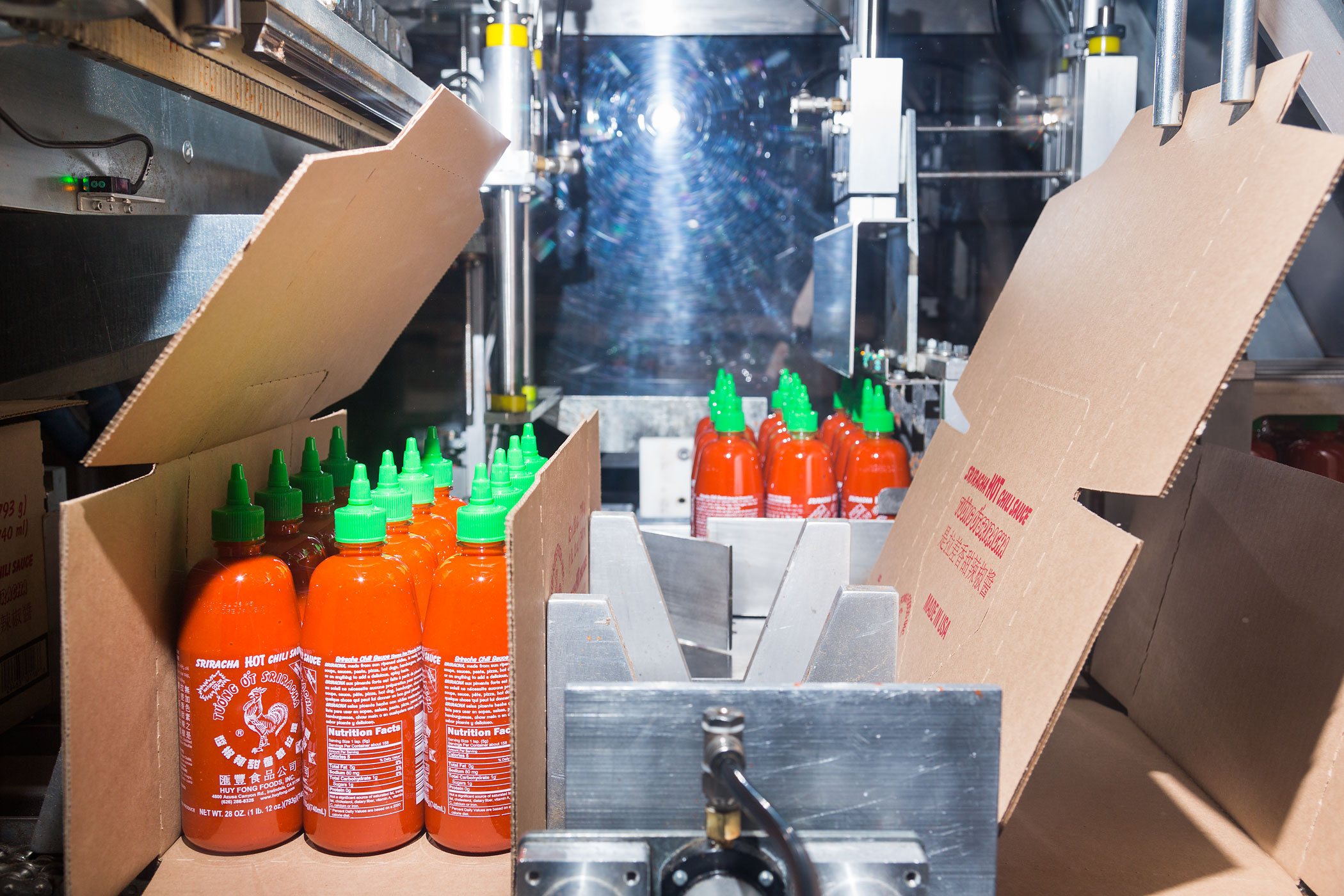
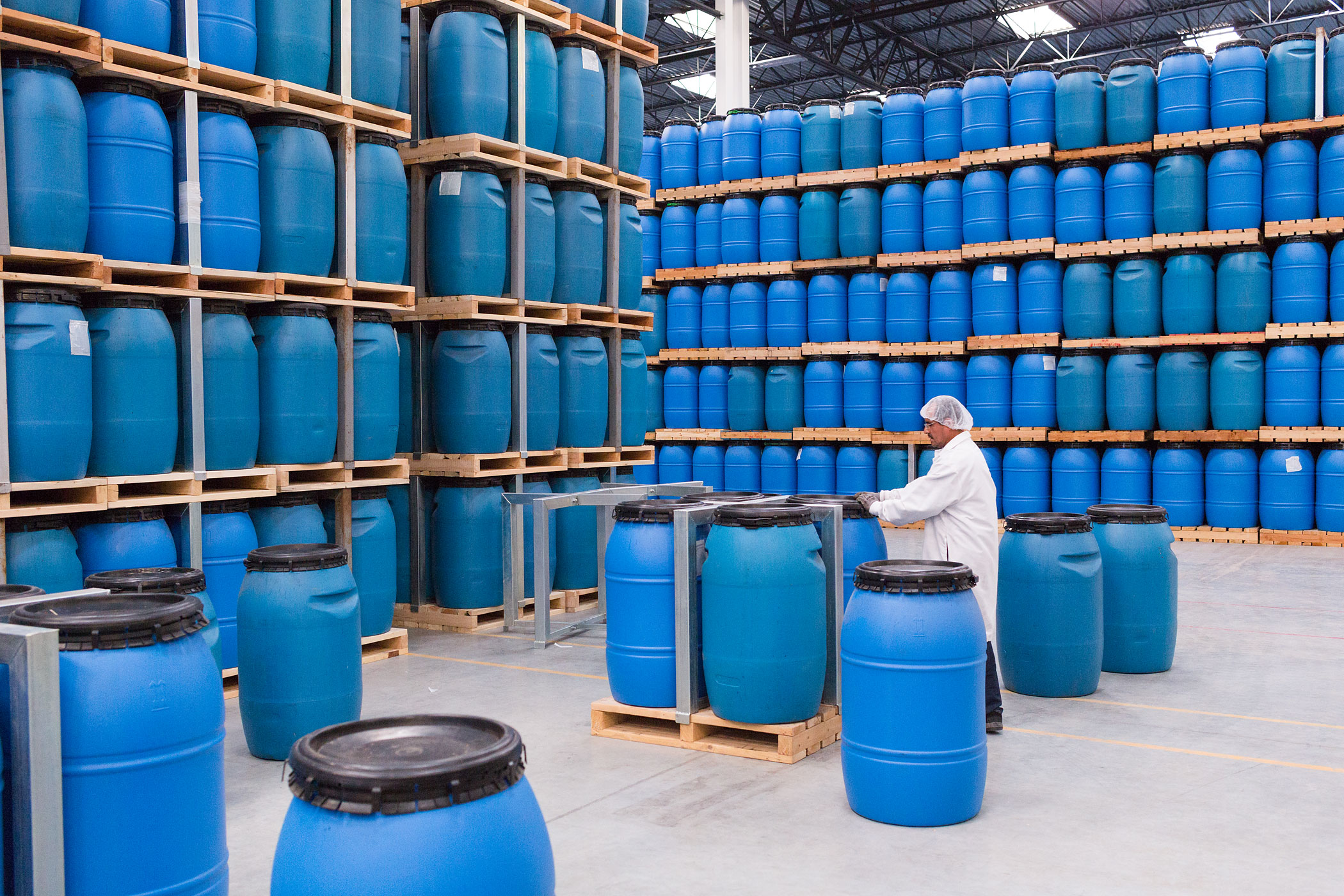
More Must-Reads from TIME
- Donald Trump Is TIME's 2024 Person of the Year
- Why We Chose Trump as Person of the Year
- Is Intermittent Fasting Good or Bad for You?
- The 100 Must-Read Books of 2024
- The 20 Best Christmas TV Episodes
- Column: If Optimism Feels Ridiculous Now, Try Hope
- The Future of Climate Action Is Trade Policy
- Merle Bombardieri Is Helping People Make the Baby Decision
Contact us at letters@time.com